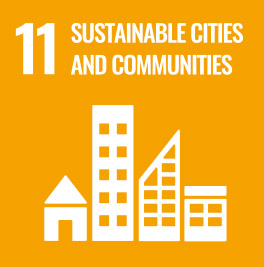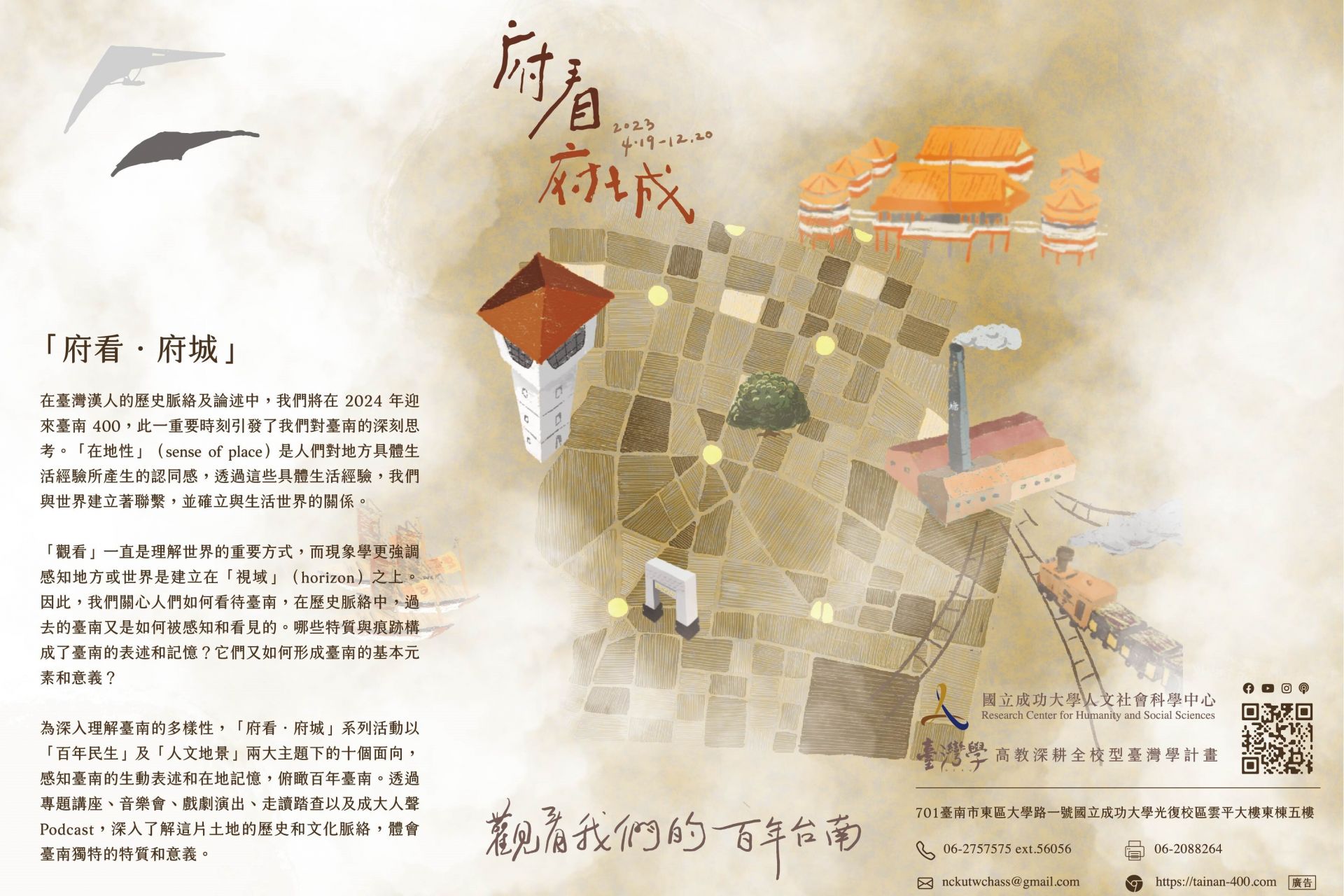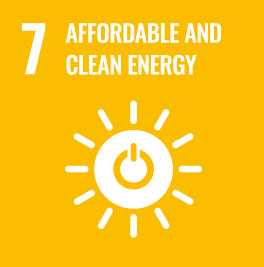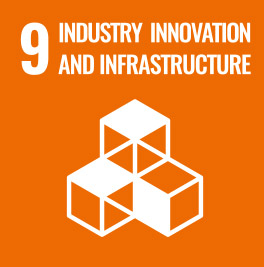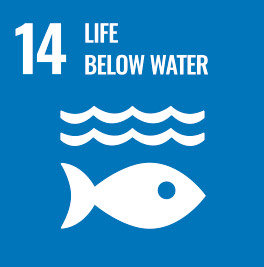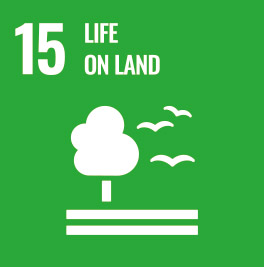The large-scale wooden installation art "The light of island" was jointly created by teachers and students of National Cheng Kung University's Master of Arts in Science and Technology. On the evening of January 6, 2022, it was exhibited in the open space on the north side of the wooden platform of the Department of Architecture, Kuang-Fu Campus Campus, National Cheng Kung University. It is a landscape installation art that allows viewers to freely show their gestures.
"The light of island" was directed by Assistant Professor Lin Xuan Cheng of the Institute of Science and Art of National Cheng Kung University, and was co-created by first-year master students Zhang Jing Yuan, Wu Yan Zhu, Liang Huai Xuan, Zhang Wan Yi, Chen Pin Chun, Chen Yu Ru, He Yun Xuan, Wu Si Ying, and other students. The work is inspired by the unique landscape, residential buildings and historical culture of Matsu Island.
"The light of island" is located between several buildings: the north is facing the Xiaodong Road fence, the east is the Metropolitan Department of Accounting Museum, the south is the wooden platform of the Department of Architecture and the library, and the west is a C-HUB creative base. At the same time, combining digital manufacturing, technology, and humanities issues, the work "The light of island" is expected to demonstrate the far-reaching influence between past and present human existence and Matsu Island through the interaction of sound and light.
According to the creation team, "The light of island", as an interactive installation art, its artistic value lies in the multiple possibilities brought about by the combination of humanistic issues and technology. First of all, the work discusses how spatial changes affect the diversity of interactive experience from the design of the placement and the appearance of the model. In the final result, it successfully increases the experience of cross-orthogonal artwork and deepens the perception of the participants.
Second, in addition to using digital modeling and CNC cutting to complete the appearance of the work, they also used the high flexibility of programming language and combined with humanistic and historical texts to design corresponding lighting control signals. It gets rid of the limitations and constraints of traditional media and production methods and presenting A breakthrough in the concept and achievements of digital manufacturing and technology art.
Third, using simple technology to present rich and reflective local retrospectives and humanistic care in the works. Through the presentation of technology and art, while arousing viewers’ curiosity to explore and experience first-hand, it also improves people’s understanding of Matzuu. The cognition of the island strengthens the historical memory of the island, connects the common emotions among human beings, and prompts people to reflect on the relationship and influence between human existence and the island.
In addition, the creation team tried to use the translation of sound data and the flow of light to symbolize the existence of the island residents and the island itself, and the changes brought about by the Matsu Island, which have lasted for a hundred years and have not been noticed by future generations. "The light of island" adopts CNC cutting technology to complete the cross-orthogonal mountain-shaped structure and uses a novel construction system to shape the peaks and valleys. The body of the work retains the organic nature of the ups and downs of the mountains, but converges the edges with square straight lines, as if leaving an island model with four sides cut off.
The creation team hopes to present the unique dismantling and splicing of digital manufacturing in space through this method of anti-simulation of real natural scenery, leaving suspense, arousing the curiosity of the audience, and stimulating people's imagination of the complete appearance of the island.
A number of acrylic boxes are embedded on the model of wooden cross-orthogonal to present the residential buildings on the island, which is inspired by the traditional Indian architecture of Matsu Lie Island. The appearance of this traditional residential building is square, just like the seals are built according to the undulating terrain. In each staggered seal, interactive lighting is also embedded to create an interactive landscape effect.
The creation team used two types of induction lamps which are infrared induction lamps and running water lamps, and installed them depending on the appearance and characteristics of the lamps. The infrared sensor lights fixed in the grid will sense the movement of the human body or the shaking of natural objects (such as the leaves above the work) and emit light. The light will turn on when it senses the movement of the object, and will turn off naturally 30 seconds after the object leaves.
The creation team said that the soft yellow light was used to present the life atmosphere of the thousands of lights in the villages on the island, and the public could experience the centuries-old brilliance of the island in the process of experience. , the sense of historical iterativeness of washing the lead.
The running water lamps placed under the works capture the sound data that is the easiest to dissipate and the least difficult to retain, and convert it into colorful streamers. "We use Arduino to control the signal and set the sound threshold: when the surrounding is quiet, the running water lamp operates in the mode of breathing light, emitting blue light to present a sense of tranquility and healing. In the case of sensing human voice and music, the running water lights will change to a variety of colors according to the different beat values, presenting a lively and jubilant atmosphere. In the selection of changing lighting colors, we will choose the different characteristics of Matsu, such as landforms, residential buildings, blue Tears, religious beliefs and other themes, and create a series of Matsu color tickets and set them as the changing colors of the running water lamps.”
Shen Yangting, deputy director of the Institute of Science and Art of Chengda University, said that the creation of large-scale installation art is one of the core courses and features of the National Cheng Kung University Science and Technology Art degree program. It can not only show the interdisciplinary creative advantages of physical construction, human-computer interaction, digital art and other fields of mutual integration, but also cultivate the soft power of teamwork and complex problem solving (Complex Problem Solving) in the process of implementation.
The Institute of Science and Arts will continue to cultivate "real and virtual space creative talents" with the ability to integrate science and technology through the subject-oriented learning of interactive installation art, and become the future in the environment, architecture, and even cities, using technology and art to create life aesthetics and innovation. 's living force.
"The light of island" was directed by Assistant Professor Lin Xuan Cheng of the Institute of Science and Art of National Cheng Kung University, and was co-created by first-year master students Zhang Jing Yuan, Wu Yan Zhu, Liang Huai Xuan, Zhang Wan Yi, Chen Pin Chun, Chen Yu Ru, He Yun Xuan, Wu Si Ying, and other students. The work is inspired by the unique landscape, residential buildings and historical culture of Matsu Island.
"The light of island" is located between several buildings: the north is facing the Xiaodong Road fence, the east is the Metropolitan Department of Accounting Museum, the south is the wooden platform of the Department of Architecture and the library, and the west is a C-HUB creative base. At the same time, combining digital manufacturing, technology, and humanities issues, the work "The light of island" is expected to demonstrate the far-reaching influence between past and present human existence and Matsu Island through the interaction of sound and light.
According to the creation team, "The light of island", as an interactive installation art, its artistic value lies in the multiple possibilities brought about by the combination of humanistic issues and technology. First of all, the work discusses how spatial changes affect the diversity of interactive experience from the design of the placement and the appearance of the model. In the final result, it successfully increases the experience of cross-orthogonal artwork and deepens the perception of the participants.
Second, in addition to using digital modeling and CNC cutting to complete the appearance of the work, they also used the high flexibility of programming language and combined with humanistic and historical texts to design corresponding lighting control signals. It gets rid of the limitations and constraints of traditional media and production methods and presenting A breakthrough in the concept and achievements of digital manufacturing and technology art.
Third, using simple technology to present rich and reflective local retrospectives and humanistic care in the works. Through the presentation of technology and art, while arousing viewers’ curiosity to explore and experience first-hand, it also improves people’s understanding of Matzuu. The cognition of the island strengthens the historical memory of the island, connects the common emotions among human beings, and prompts people to reflect on the relationship and influence between human existence and the island.
In addition, the creation team tried to use the translation of sound data and the flow of light to symbolize the existence of the island residents and the island itself, and the changes brought about by the Matsu Island, which have lasted for a hundred years and have not been noticed by future generations. "The light of island" adopts CNC cutting technology to complete the cross-orthogonal mountain-shaped structure and uses a novel construction system to shape the peaks and valleys. The body of the work retains the organic nature of the ups and downs of the mountains, but converges the edges with square straight lines, as if leaving an island model with four sides cut off.
The creation team hopes to present the unique dismantling and splicing of digital manufacturing in space through this method of anti-simulation of real natural scenery, leaving suspense, arousing the curiosity of the audience, and stimulating people's imagination of the complete appearance of the island.
A number of acrylic boxes are embedded on the model of wooden cross-orthogonal to present the residential buildings on the island, which is inspired by the traditional Indian architecture of Matsu Lie Island. The appearance of this traditional residential building is square, just like the seals are built according to the undulating terrain. In each staggered seal, interactive lighting is also embedded to create an interactive landscape effect.
The creation team used two types of induction lamps which are infrared induction lamps and running water lamps, and installed them depending on the appearance and characteristics of the lamps. The infrared sensor lights fixed in the grid will sense the movement of the human body or the shaking of natural objects (such as the leaves above the work) and emit light. The light will turn on when it senses the movement of the object, and will turn off naturally 30 seconds after the object leaves.
The creation team said that the soft yellow light was used to present the life atmosphere of the thousands of lights in the villages on the island, and the public could experience the centuries-old brilliance of the island in the process of experience. , the sense of historical iterativeness of washing the lead.
The running water lamps placed under the works capture the sound data that is the easiest to dissipate and the least difficult to retain, and convert it into colorful streamers. "We use Arduino to control the signal and set the sound threshold: when the surrounding is quiet, the running water lamp operates in the mode of breathing light, emitting blue light to present a sense of tranquility and healing. In the case of sensing human voice and music, the running water lights will change to a variety of colors according to the different beat values, presenting a lively and jubilant atmosphere. In the selection of changing lighting colors, we will choose the different characteristics of Matsu, such as landforms, residential buildings, blue Tears, religious beliefs and other themes, and create a series of Matsu color tickets and set them as the changing colors of the running water lamps.”
Shen Yangting, deputy director of the Institute of Science and Art of Chengda University, said that the creation of large-scale installation art is one of the core courses and features of the National Cheng Kung University Science and Technology Art degree program. It can not only show the interdisciplinary creative advantages of physical construction, human-computer interaction, digital art and other fields of mutual integration, but also cultivate the soft power of teamwork and complex problem solving (Complex Problem Solving) in the process of implementation.
The Institute of Science and Arts will continue to cultivate "real and virtual space creative talents" with the ability to integrate science and technology through the subject-oriented learning of interactive installation art, and become the future in the environment, architecture, and even cities, using technology and art to create life aesthetics and innovation. 's living force.

“The light of island”creates interactive landscape installation art with images of Matsu mountains and seals.
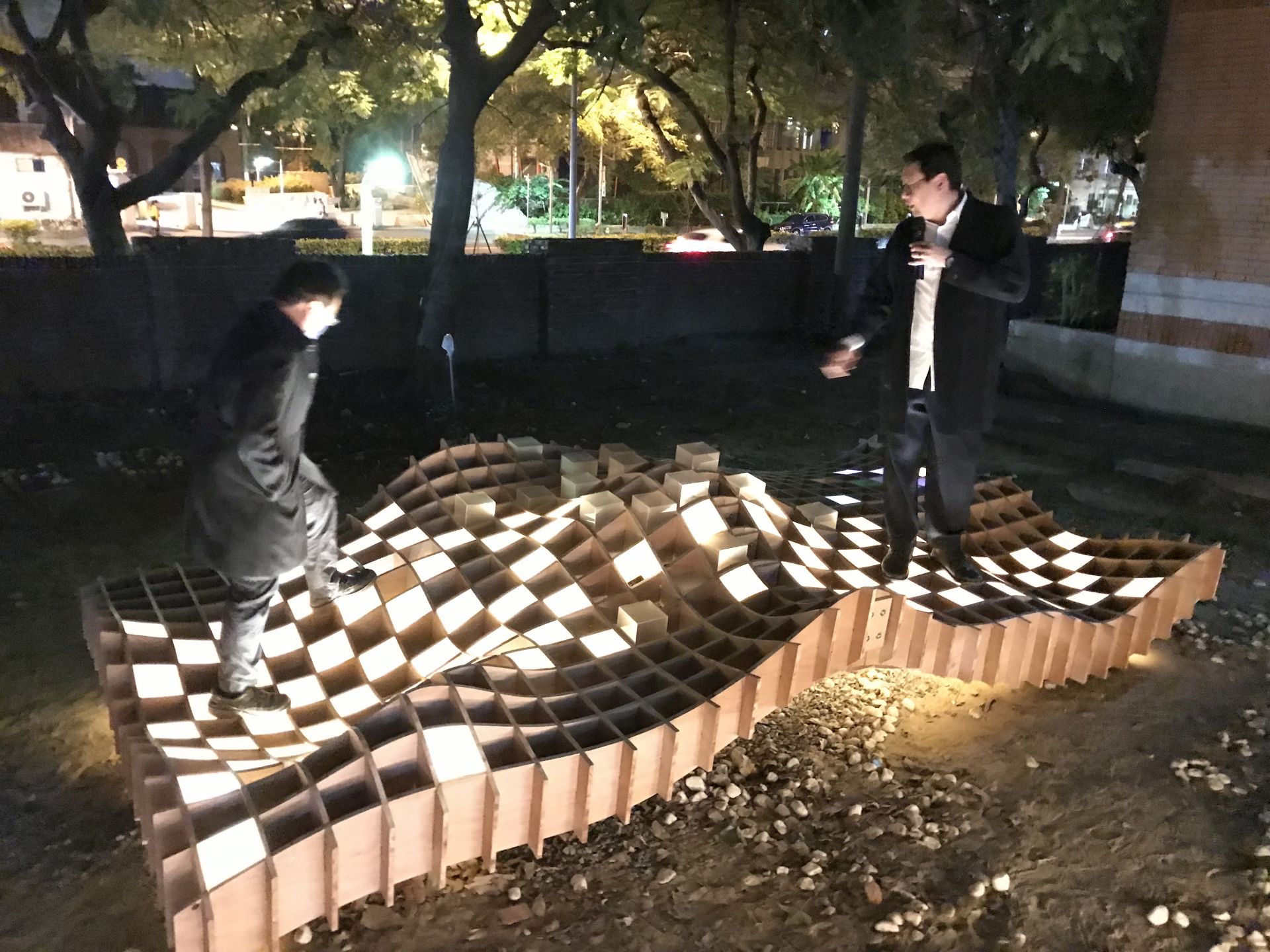
“The light of island”is an interactive installation artwork that you can walk on.

The image of the traditional residential seal is transformed into an interactive landscape light grid.


